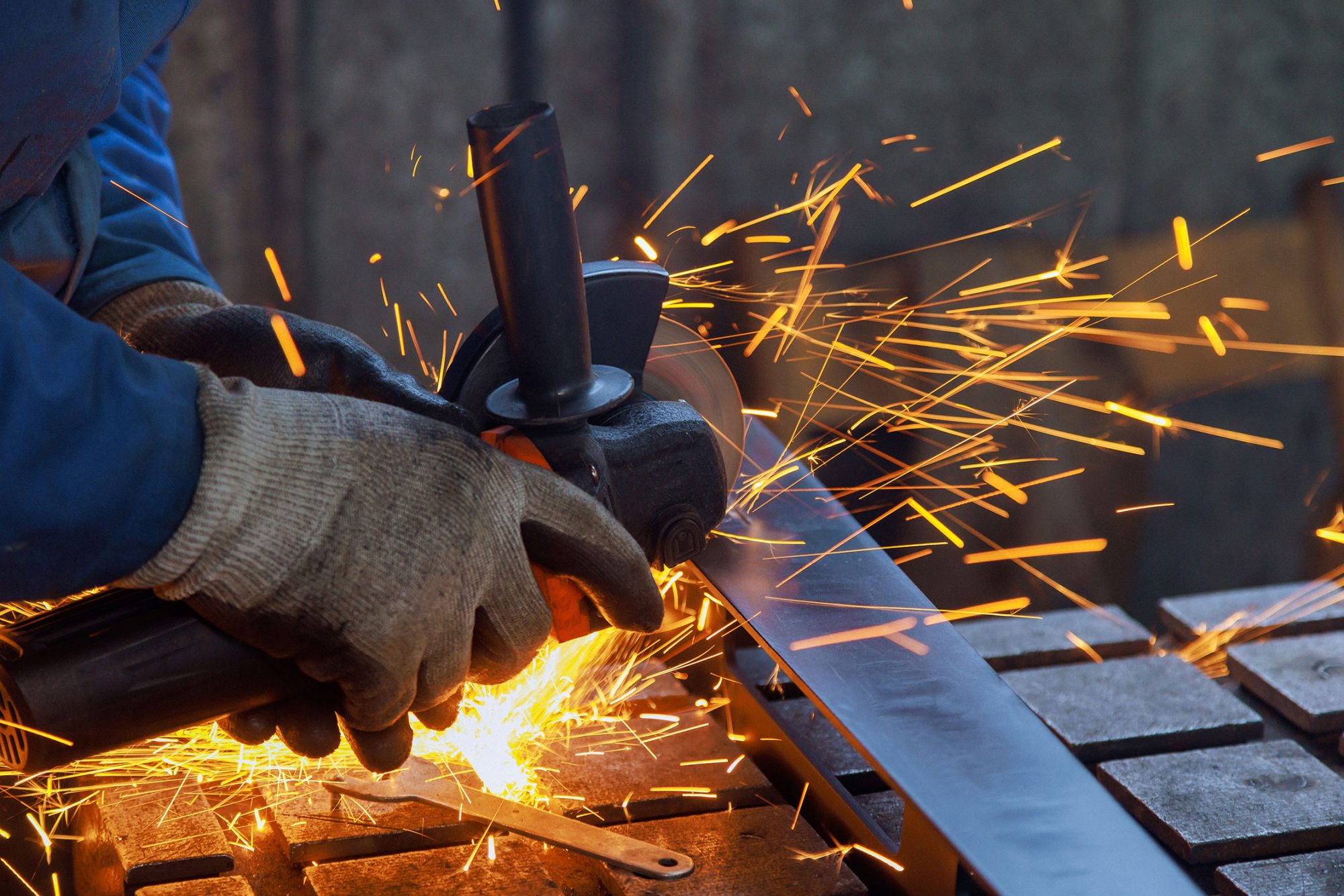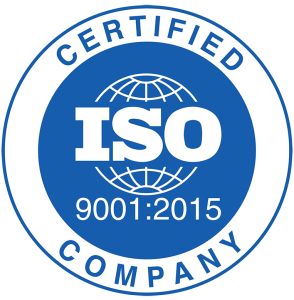Whenever a business needs ERW tube, they should know we are the supplier to contact. We have experience handling orders of varying sizes. Not to mention, we provide some of the highest quality customer care at the same time. In addition, we perform considerable testing on our tubes to make sure they are ready for use.
Tubes are commonly occurring items you can see everywhere. For residential buildings, you can find them in the plumbing and other systems that need transportation vessels. They also appear in a huge array of household items, from curtain rails to furnishings. In the oil and gas industries, and similar places, the tubes move crude oil goods before they go to the refinery. In these industrial applications, ERW vs spiral pipes is something many argue over. Each one has its own characteristics, as well as manufacturing procedures. To help you understand the two, we will be taking about them in this post.
The ERW process
 We will begin with an explanation of the ERW tube making process. First, you hot-roll a coil of steel through a roller mechanism. This leads to a gauged metal with two visible ends. You then bond the ends together using electric resistance welding. This unites the two with an electric current for the outside and inside of the tube.
We will begin with an explanation of the ERW tube making process. First, you hot-roll a coil of steel through a roller mechanism. This leads to a gauged metal with two visible ends. You then bond the ends together using electric resistance welding. This unites the two with an electric current for the outside and inside of the tube.
After you combine the two edges to create a joint, the tube experiences ultrasonic inspection. This is a form of testing that helps you to detect damages or cracks. Post processing then begins, with you using techniques to make the sections more ductile. Finally, you cut the ERW tubing to size and straighten it to guarantee uniformity on the exterior.
The spiral tube process
Now we move onto the spiral tube making operation. This starts with an unrolled steel coil. A roller mechanism unwinds it. As opposed to ERW tubes, these products need a filler or welding wire to produce heat. Creating a helix-like aesthetic, the strip ends get joined together via a submerged arc welding method.
Following the welding it is important to examine the welds to ensure there are zero defects. It is possible to do it using a weld gap control apparatus. This is used for diameter and weld gap inspection.
Lastly, you need to do an array of non-destructive tests to inspect the tube’s chemical composition, weld quality, and physical properties. That ensures it is safe to use.
You will find all kinds of ERW tube with us
At Union Steel Tubes, we supply products in oval, square, round, and rectangular form. We also have special options if you need an alternative to ERW. Plus, you can choose pre-galvanised and zinc coated tubes with extra protection. Finally, we aim to deliver every tubing order as quickly as we can.
So, if you want outstanding ERW tube or other products, you can contact our team. Trust our expertise and order reliable tubing today.


